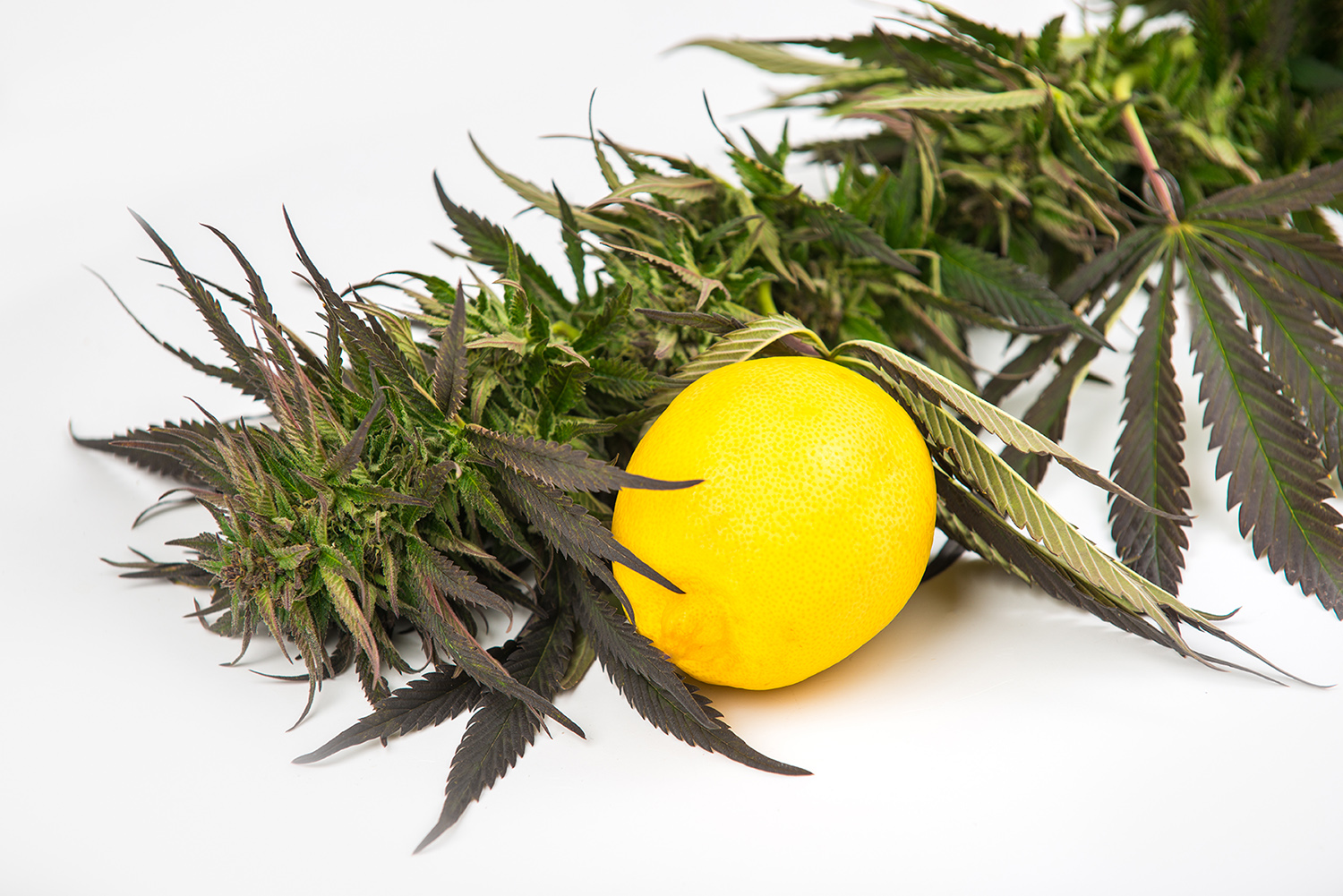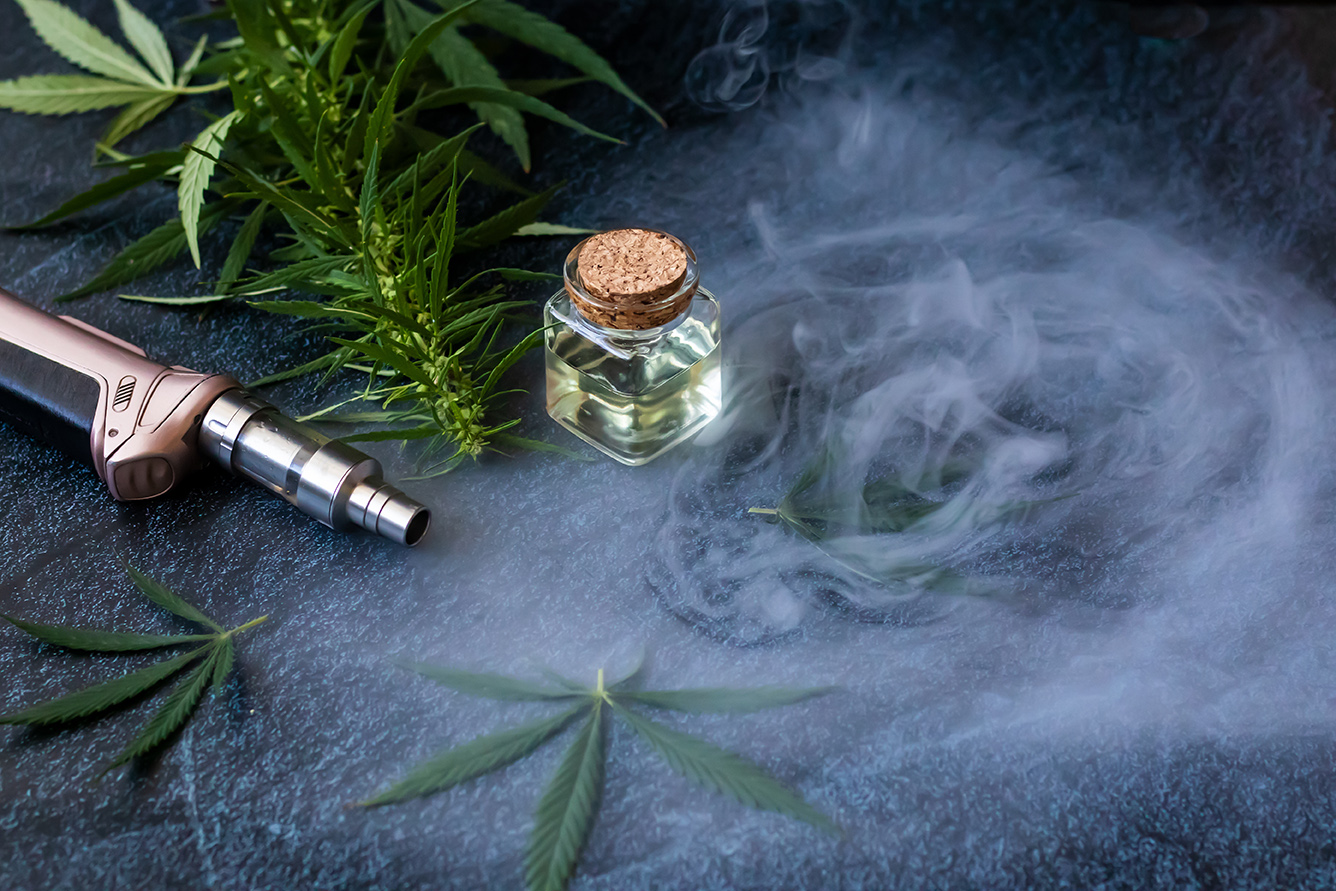
What Are Terpenes & Why Are They Important?

Whenever you visit a dispensary and do a smell test for different flower strains, you’ll instantly notice that every strain has a unique aroma. The individualized aromas are caused by organic compounds called terpenes. In mainstream culture, THC and CBD percentage are the most discussed “metrics” when measuring the potency of flower strains, however, understanding the terpene profile of a particular strain is just as important (if not more important) than looking at the THC/CBD ratios and percentages alone.
What are terpenes?
Terpenes are a diverse group of organic compounds that are largely products by plants (and even some insects). Terpenes are also called terpenoids or isoprenoids. This aromatic organic compound is the primary ingredient of the essential oils that you’ll find on plants and flowers – and are even found in fragrances and aromatherapy products.
There are literally hundreds of identified terpenes. In cannabis, there are a few major terpenes that are present in the plant: pinene, humulene, myrcene, caryophyllene, linalool, and limonene.
As you can see in this infographic developed by Leafly – each terpene is responsible for not only giving cannabis its unique aromatic profiles, but are also associated with the different effects that cannabis produces.
How do terpenes work?
The terpene profile of a strain is expressed in its genetics, however, the actual terpene levels of cannabis flower are not solidified until the plant is actually harvested. This is because the grow environment (vegetative and flowering), harvest technique, and curing technique, all play a role in the level of terpenes present in the actual final product.
Terpenes work just like cannabinoids by binding do receptors in the brain that give a person who is ingesting or smoking the cannabis product the effects outlined in the chart above. As mentioned earlier, most people talk about THC/CBD percentages but overlook the terpene profile of a strain. Terpene profiles should be evaluated with as much weight as THC/CBD levels since terpenes get absorbed into your body just like the other major cannabinoids, and also produce their own types of effects.
The only way to really know the terpene profile of what you are ingesting is to look at it’s lab testing results, provided by a dispensary that lab tests all of their products, like our dispensary – the River Provisioning.
What Are The Terpenes Found in Cannabis?
Based on the chart above, you’ll see some general effects that are produced by different terpenes. For example:
• Humulene – Known for its wood/earthy smell. Effects include appetite suppression. Strains that contain humulene are known for their anti-inflammatory, anti-bacterial, and pain relieving properties.
• Limonene – Known for its citrus/lemon/orange smell. Effects include elevated mood and stress relief. Strains that contain limonene are often used for anti-depression, anti-anxiety, gastric reflux, and antifungal uses.
• Pinene – Known for its sharp, sweet pine smell. Effects include memory attention and alertness. Strains that contain pinene are often used to treat inflammation and asthma (due to its bronchodilation properties).
• Linalool – Known for its floral, citrus and spicy smell. Effects are typically sedating or calming. These strains are known to treat insomnia, stress, depression, anxiety, pain, and convulsions.
• Caryophyllene – Known for its pepper, wood, and spicy smell. Current research says that caryophyllene has no detectable physical effects, however, strains that contain this terpene as known to have antioxidant and anti-inflammatory properties, and are used to treat muscle spasms, pain, and insomnia.
• Myrcene – Known to have a musk/clove/herbal smell. Strains that contain myrcene have sedating and relaxing effects, and are known to enhance THC’s psychoactive properties. Medical benefits include: antiseptic, anti-bacterial, antifungal, and inflammatory uses.
What Terpenes Are Right For Me?
Most cannabis strains have an entire profile of multiple terpenes, not just one. That means that if you’re looking to use cannabis for medical purposes or to self-treat a personal ailment, you’ll need to find a strain that has the terpenes that produce the effects that will help you feel better.
For example, if you’re having trouble falling asleep, finding a strain that has linalool in its terpene profile could help due to its sedative and calming effects.
The best way to find what fits you personally is to visit a dispensary like The River Provisioning and speak to one of our bud tenders in-person. We can help find the right strain for you whether you’re looking to relax on the weekend or if you have a medical condition to treat. Stop by today or view our online menu to learn more. We now offer delivery to mid-Michigan residents, too!
Check Out More Blog Posts
-
Sign up for our daily deals and promotions at The River!
Sign Up Now
